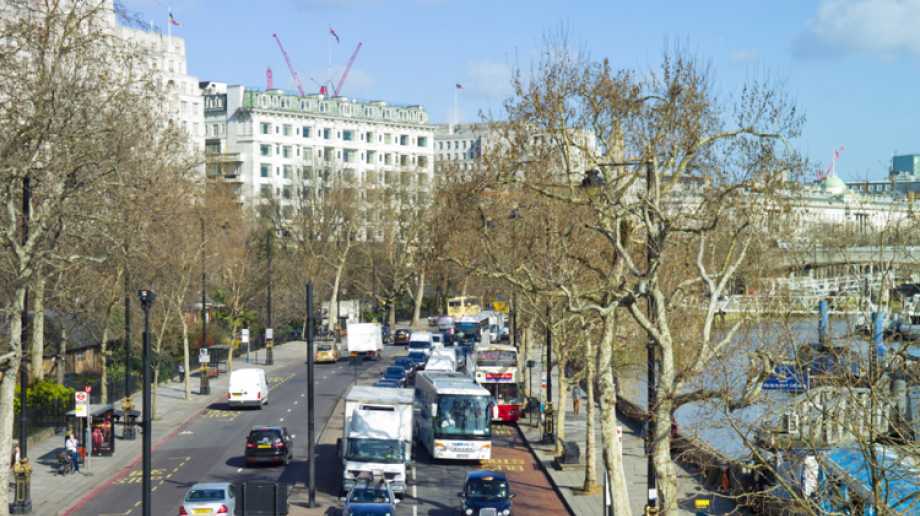Road safety better achieved through vehicle design than Direct Vision Standard

In response to the launch of the final statutory consultation on the DVS, FTA is calling on the Mayor to realise that road safety is better delivered through technological innovation and internationally-agreed vehicle design.
Natalie Chapman, Head of Urban Policy at FTA, commented: “While the updated proposals for DVS are more workable for operators then earlier versions, it remains true that technological development and design standards for new vehicles – which would be best set at an international level – would provide a robust, long-term solution for road safety. FTA is calling on the Mayor to realise the value this would provide and commit to focussing on new vehicle technologies to fast-track zero vehicular harm in the capital.
“FTA fully supports the Mayor of London’s zero harm ambition; the freight industry takes road safety extremely seriously. FTA has been working closely with TfL throughout the development of DVS and is very pleased to see that many of our practical concerns about the scheme have been taken on board. For example, TfL has committed to consulting with operators on the progressive safe system at least two years before the 2024 start date to ensure industry has sufficient notice. Furthermore, the body has removed the mandatory training requirement, instead, it will simply suggest and sign post appropriate training on the TfL website.
“That said, Sadiq Khan seems determined to focus on visibility from the cab, which has limited benefits, when it is new technology that will deliver far greater and more ongoing safety improvements.”
Under TfL’s DVS proposals, from October next year, every truck over 12 tonnes will be required to have a permit to access the capital. TfL has developed a five-star rating system for the amount of direct vision and HGV has. Those which meet the one-star rating will be automatically eligible for a permit. However, those which are zero-star rated will need to prove that they meet the requirements of the new “safe system” in order to obtain a permit.



